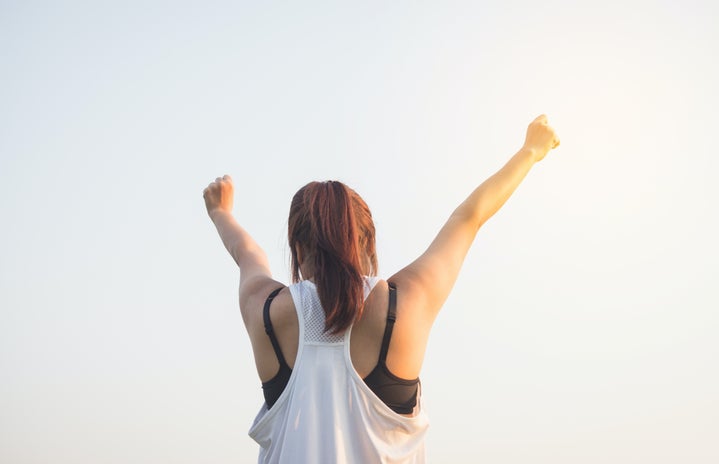If you’ve ever flicked through any kind of fashion publication, you are probably aware of the fact that modern style media tend to lack in diversity, honest representation of the female form, and intersectionality. It is a topic that has been brought up for discussion a lot recently, and many companies have attempted to break free from this with features, photoshoots and campaigns that they believe include a broader and more realistic view of what women look like. I understand that this is a step forward in some way and acknowledge these pieces as a vague improvement, but I cannot bring myself to look past the very negative aspects of fashion media’s “solution” to lack of diversity among their models and content.
The March edition of the US Vogue brought about much controversy when their self-described “diverse” and “inclusive” cover photoshoot was accused of looking down on plus-sized women. The cover, which was celebrating 125 years of U.S Vogue, featured Gigi Hadid, Ashley Graham, Liu Wen, Kendall Jenner, Imaan Hammam, Adwoa Aboah and Vittoria Ceretti. It sparked serious backlash online as readers accused Vogue of photoshopping Gigi’s arm in an attempt to change the way Ashley’s body looked in the photo. While the magazine pinned the cover shoot as a celebration of the “modern American woman” and every variation of the female body, social media said that the placing and alleged photoshopping of Gigi’s hand hid plus-sized model Ashley Graham’s figure and was an attempt to make her look slimmer. Similarly, some said that the positioning of Ashley’s own arm was an attempt to change the way her body was pictured as well.
Ashley denied these allegations on Instagram, “I chose to pose like that. No one told me to do anything.” Online readers still remained adamant on their theories. This also rekindled the constant argument about the term “plus-sized model” and why Ashley, who is an equivalent to an Irish size 14 on her top half and size 18 on her bottom half, is given this title and having images of her body manipulated when the majority of American women are a size 12-14.
This is not the first time that this kind of controversy came to light because of a Vogue cover. In 2009, Beyoncé graced the March cover. The issue aimed at praising women of colour and said it featured “Fashion for Every Figure From Size 0 to Size 20.” It even sported the renowned phrase “Real Women Have Curves.”
The “Shape Issue” was accused of contributing to the stereotype of black women and their bodies, as well as setting up a bizarre impossibility along the lines of you need to have curves, but very specific kind of curves – aka. Boobs and Ass. However, it’s possible that one of the most shocking things to come from this is why, eight years later, Vogue have made the same offensive mistakes again?
British Vogue has received similar backlash over the years. In 2014, The Guardian released an article revealing that, not including celebrities, the magazine had not featured an individual black cover model since Naomi Campbell in 2002. At the time of this article’s publication, there had been 146 covers shot since Naomi’s feature, and not one featured an individual black model.
In 2013, Campbell among others released an open letter calling on designers to add diversity to their catwalks. “No matter the intention, the result is racism. Not accepting another based on the colour of their skin is clearly beyond aesthetic,” the letter stated. Shortly after, British Vogue broke the 12 year All-White streak and featured Jourdan Dunn as a cover. While this was a positive step, there is still a massive lack of equality to date and many online readers are still unhappy with the lack of black representation in fashion publications.
So, what can we take from this? Fashion publications such as Vogue need to make an honest effort to include a true representation of women in their cover shoots. Inequality and photoshop are not acceptable in modern media and the consequences of companies making these harmful decisions results in a further delay in achieving global appreciation for every single woman. Sexism, racism, gender inequality – these are all issues that need media cooperation in the fight for resolution. Honest representation in the media is crucial, and mass media companies need to acknowledge this and help in the ongoing movement towards global equality.

